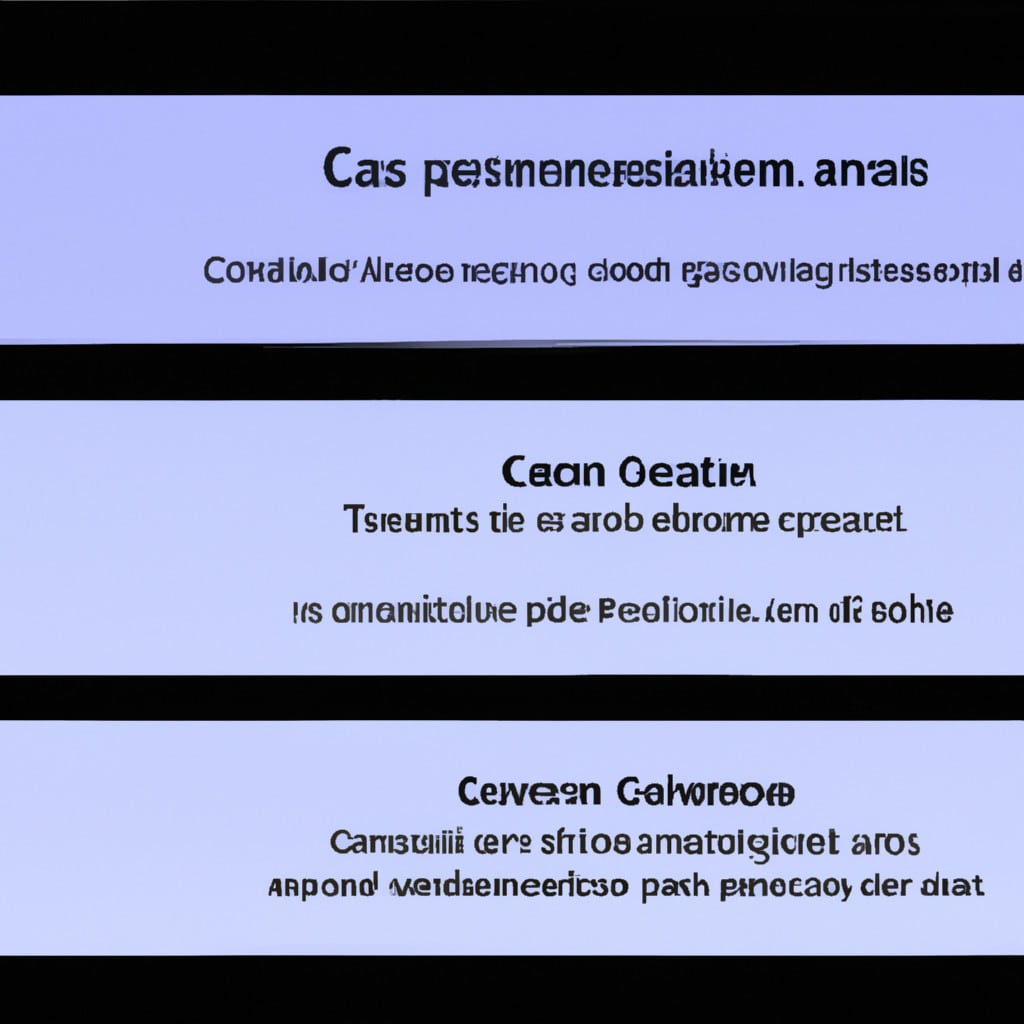Closed captioning plays a crucial role in ensuring digital content accessibility for individuals with hearing impairments. This article presents a comprehensive list of the five best closed captioning software solutions available today.
Whether one is a content creator, multimedia producer, or educator, these tools offer user-friendly features, accurate captioning algorithms, and customization options to meet specific needs.
By exploring their unique capabilities, pricing models, and compliance with accessibility standards, readers can learn how these software solutions can help reach a wider audience and promote inclusivity in content creation.
Key Takeaways
- Advanced speech recognition technology enables accurate and automated conversion of spoken words into written captions.
- Seamless integration with existing workflows improves user experience and increases content accessibility.
- Customizable caption styles and formatting options enhance user experience and promote inclusivity.
- Real-time captioning for live events and webinars ensures accessibility and compliance with accessibility standards.
Advanced Speech Recognition Technology
Advanced speech recognition technology is a key feature of the top closed captioning software solutions, allowing for accurate and automated conversion of spoken words into written captions. This technology enables the software to transcribe spoken language with a high level of accuracy, ensuring that the captions reflect the actual content of the audio.
The software utilizes advanced algorithms to analyze the audio input and convert it into text, taking into account various factors such as pronunciation, accents, and background noise.
Additionally, automatic caption synchronization is another important aspect of this technology. It ensures that the captions are synchronized with the audio, providing a seamless viewing experience for individuals with hearing impairments. This feature eliminates the need for manual adjustment of captions and saves time for content creators.
Seamless Integration With Existing Workflows
Seamless integration with existing workflows allows for a smooth incorporation of closed captioning software into established processes. This integration is essential for improving user experience and increasing content accessibility. By seamlessly integrating closed captioning software, content creators, multimedia producers, and educators can ensure that their content is inclusive and compliant with accessibility standards.
The incorporation of closed captioning software into existing workflows eliminates the need for manual captioning, saving time and effort. Moreover, this integration enables automated captioning, leveraging advanced speech recognition technology to generate accurate captions. The software’s customization options further enhance the user experience, allowing for the adjustment of caption appearance, positioning, and timing.
With seamless integration, closed captioning software becomes an integral part of the content creation process, ensuring that all individuals, including those with hearing impairments, can access and engage with digital content effectively.
Customizable Caption Styles and Formatting Options
A variety of customizable caption styles and formatting options are available, allowing users to tailor the appearance and placement of captions to suit their specific preferences and needs. Customizable caption designs enable users to choose from various fonts, colors, sizes, and backgrounds, ensuring that captions are visually appealing and easy to read.
By providing these customization options, closed captioning software enhances the user experience and promotes inclusivity. Additionally, captioning accuracy and precision are crucial for ensuring that individuals with hearing impairments can understand and follow the content effectively.
The software employs advanced algorithms and techniques to generate accurate captions that align with the spoken words and timing of the audio or video content. This attention to detail guarantees that the captions provide an accurate representation of the spoken dialogue, enhancing comprehension and accessibility for all users.
Real-Time Captioning for Live Events and Webinars
Real-time captioning for live events and webinars requires accurate and timely transcription of spoken dialogue to ensure accessibility for individuals with hearing impairments. Closed captioning plays a crucial role in making these events inclusive and allowing individuals with hearing impairments to fully participate.
The benefits of closed captioning for live events are numerous and include:
-
Accessibility: Real-time captioning provides equal access to information for individuals with hearing impairments, allowing them to follow along and fully engage with the event.
-
Understanding: Accurate captioning ensures that the spoken dialogue is properly conveyed, helping individuals with hearing impairments understand the content being presented.
-
Retention: Closed captioning allows individuals to reference and review the content after the event, enhancing their retention and comprehension.
-
Compliance: Captioning live events and webinars is often required by accessibility standards and regulations, ensuring compliance and avoiding potential legal issues.
Affordable Pricing Plans for Any Budget
Affordability is a key consideration when selecting pricing plans for closed captioning services, as it ensures that individuals with varying budgets can access this important accessibility feature.
When choosing captioning software, it is essential to evaluate the features offered by each platform. Some important features to consider include the accuracy of the captioning algorithms, the ease of use, and the options for customization.
Best practices for captioning should also be taken into account, such as ensuring that captions are synchronized with the audio, using correct grammar and punctuation, and providing captions for non-speech sounds.
Conclusion
Closed captioning software is essential for ensuring accessibility for individuals with hearing impairments. The 5 best closed captioning software solutions available today offer advanced speech recognition technology, seamless integration with existing workflows, customizable caption styles and formatting options, real-time captioning for live events and webinars, and affordable pricing plans for any budget.
By utilizing these tools, content creators, multimedia producers, and educators can reach a wider audience and ensure their content is inclusive and compliant with accessibility standards.
Don’t miss out on these incredible software options that will revolutionize your captioning process.
